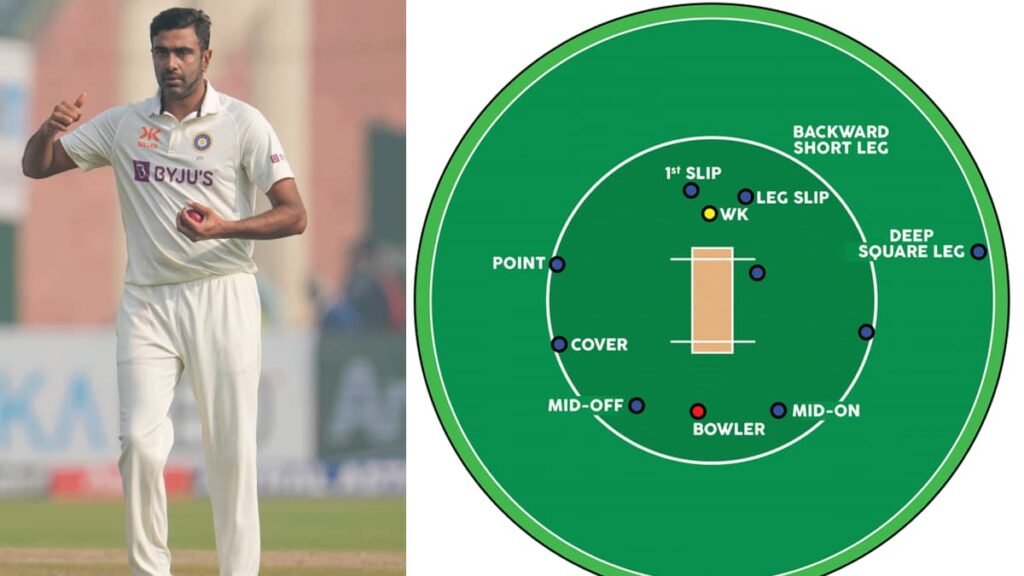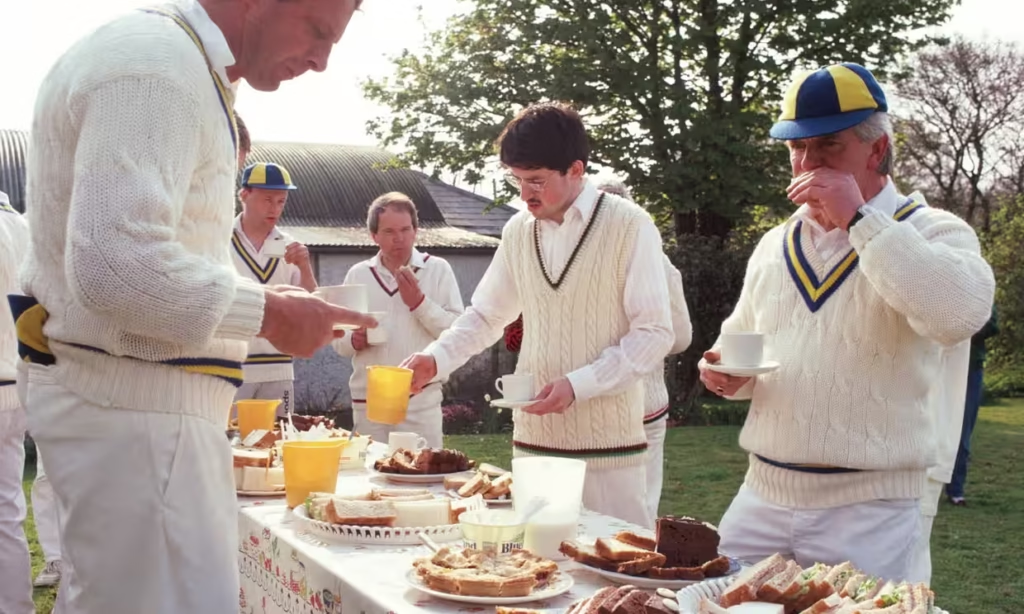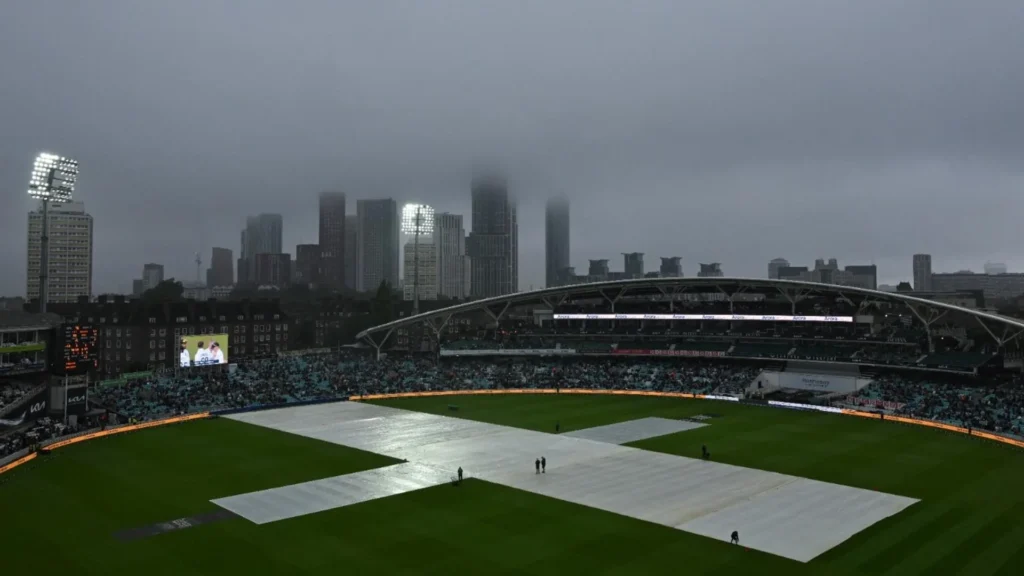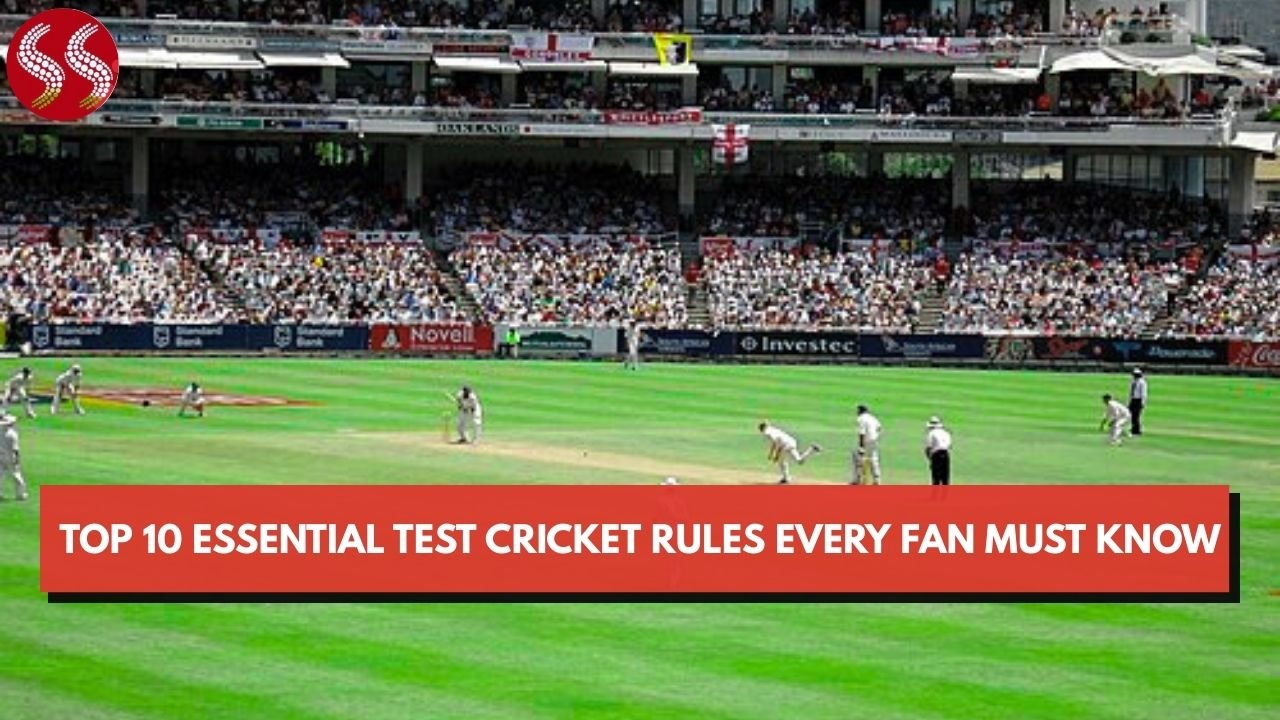Test cricket isn’t just a sport; it’s a living tradition—a blend of patience, skill, and strategy perfected over decades. Among the several formats played worldwide, Test cricket remains the most demanding and prestigious. To truly appreciate this beautiful game, every fan must understand the essential test cricket rules that make it unique. In this ultimate guide, we’ll explore these essential test cricket rules, explain why they matter, and see how they shape the spirit of the sport.
Whether you’re a newcomer or a lifelong follower, these essential test cricket rules help deepen your appreciation of every delivery, every strategy, and every thrilling finish.
Definition of Test Cricket
Test cricket is the longest form of cricket, played over five consecutive days. Unlike shorter formats like ODIs or T20s, Test matches allow both teams to bat and bowl twice (known as innings). Each day consists of up to 90 overs (540 deliveries), testing not just physical skill but also endurance and mental strength. It is a pure examination of technique, strategy, and character.
By understanding the essential test cricket rules, fans can fully grasp why this format is called “Test”—a true test of ability, discipline, and resilience.
ALSO READ:
Top 10 Essential Test Cricket Rules Every Fan Must Know
1. Match Length and Structure
A Test match lasts up to five days, with each day divided into three sessions: morning, afternoon, and evening. Every team has two innings to bat and bowl. The team with the highest total runs across both innings wins. This extended format is central to the essential test cricket rules, demanding stamina and long-term strategy.
2. Overs and Bowling

Each over consists of six legal deliveries bowled by one player. In a single day, 90 overs must be bowled (if weather permits). Unlike limited-overs formats, Test cricket allows bowlers to bowl as many overs as possible, adding depth to the essential test cricket rules. Bowlers must carefully manage fatigue, while captains rotate them strategically.
3. The Toss and Batting Decision

Before the match starts, captains conduct a coin toss. The winner decides to bat or bowl first—based on pitch conditions, weather forecasts, and team strengths. This decision is so crucial that it is part of the essential test cricket rules because it can shape the game’s direction from the first session.
4. Innings and Dismissals
Each team bats twice unless they are bowled out early or the match ends before the second innings. Dismissals include bowled, caught, LBW (leg before wicket), run out, and stumped. Recognizing these dismissals is fundamental among essential test cricket rules, as they reveal the tactics used to dismantle batting lineups.
5. Field Placements and Restrictions

Unlike ODIs or T20s, Test cricket has flexible fielding rules, allowing creative field placements. However, under essential test cricket rules, no more than two fielders may stand behind square leg in the first ten overs, and only five fielders are allowed on the leg side at any time. This encourages balanced play between bat and ball.
6. Role of Umpires and Third Umpire
Test cricket features two on-field umpires who decide on dismissals and ensure fair play. The essential test cricket rules also include a third umpire who uses TV replays for tight decisions, adding accuracy and transparency. This blend of human judgment and technology preserves the game’s integrity.
7. Breaks: Lunch and Tea

Test matches include scheduled breaks: a 40-minute lunch and a 20-minute tea break. While these might seem like tradition, they’re actually part of the essential test cricket rules, allowing players to recover physically and mentally during long days.
8. The Follow-On Rule
One of the most strategic essential test cricket rules is the follow-on. If Team A leads by 200+ runs after the first innings, they can ask Team B to bat again immediately. Captains use this to pressure the opposition and win early—but it can backfire if the pitch flattens out later.
9. Weather Delays and Bad Light

Since cricket is played outdoors, rain and bad light can stop play. The essential test cricket rules include time extensions or adding an extra day to compensate. Fans often see players walk off if light drops below safe levels, preserving player safety.
10. Results: Win, Draw, Tie
A Test match can end in:
- Win: one team outscores and dismisses the other twice.
- Draw: the game runs out of time with no outright winner.
- Tie: very rare—both teams complete their innings with the same total.
Understanding these outcomes is crucial among essential test cricket rules, as they show why some matches can be thrilling even without a clear winner.
Evolution of Test Cricket Over the Years
While the essential test cricket rules form its backbone, Test cricket has evolved: from timeless Tests with no end date to today’s five-day format; from manual scoring to the use of DRS (Decision Review System). Yet the essence—patience, skill, and respect—remains unchanged.
Some Iconic Test Matches
Knowing the essential test cricket rules helps fans appreciate classic matches:
- The 2001 India vs Australia Kolkata Test comeback.
- The 2005 Ashes series in England.
- The tied Tests of 1960 and 1986.
These matches are celebrated for their tactics, momentum shifts, and heroic performances—best understood through the lens of essential test cricket rules.
FAQs
FAQ 1: How long does a Test match last, and why?
A Test match is played over five days, with each day divided into three sessions: morning, afternoon, and evening. This format tests teams’ skill, stamina, and strategy over a prolonged period, which is why it’s considered the purest form of cricket.
FAQ 2: What happens if both teams score the same number of runs?
If both teams end up with the same total runs after completing their two innings, the match is declared a tie—a very rare result. However, if time runs out and neither team secures a win, it’s called a draw, which is quite common in Test cricket.
FAQ 3: Why do teams sometimes declare their innings?
A team can declare (end) its innings voluntarily to give themselves enough time to bowl out the opposition and try to win the match. It’s a strategic move unique to multi-day formats like Test cricket.
READ MORE:



